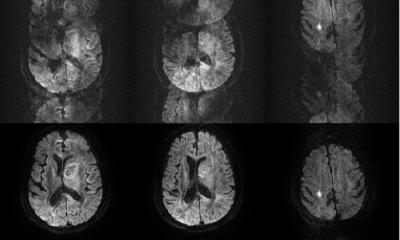New challenges require new management strategies
Rapidly changing conditions which affect patient throughput, require very quick reactions from hospital management.
Management information systems have helped greatly in such circumstances, and now a totally new variation of the traditional IT system is currently making its way into the organisational processes of several hospitals, which aims to support the extremely complex reorganisation of clinical and administrative processes as well as improve cost management.
Hospital directors know how much a hospital will be paid by their insurance company for a patient suffering a stroke, a heart attack or cancer. How much these patients will actually cost the hospital, however, remains to be seen. It is, however, becoming more and more important that hospital directors have this information at their fingertips. The introduction of flat-rate remuneration in hospitals means that an economic dimension is now added to the hospitals’ medical and care duties, with modern IT becoming indispensable in itemising the costs or each patient’s care.
A three-factor modelling system
Three factors are involved: case cost, insurer’s reimbursement and the introduction of flat-rate remunerations. Therefore, an IT system is needed to dynamically link all three factors in multiple dimensions - an integrated database system, a ‘data warehouse’, capable of performing the extraordinary: modelling the costs of each patient’s hospital stay as a closed loop - accurately and in real-time. To do this, the hospital’s existing data sources are used and are now linked dynamically. Hospitals therefore need multi-dimensional databases that will permit any number of parameter combinations.
The Deggendorf county hospital is among the first German hospitals to such an IT system to change its processes and determine the potential for cost-savings within its structures. Using simulation processes comparable with those in the virtual cockpit of a flight simulator, Deggendorf hospital staff entered ‘What if’ scenarios into the system - and found solutions.
The system proved its worth at management level when it helped the head of the Neurosurgery department to convert his department’s one million euros deficit into a million euros surplus within two years.
Internal cost allocation
Deggendorf decided to define clear areas of responsibility in decentralised structures. Each head of department is assigned economic responsibility for his/her department, thus becoming almost self-sufficient with the department’s budget and far-reaching management responsibilities.
Nurses also ‘sell’ beds to the surgical departments by the day. The department head ‘rents’ beds from the head of the nursing station, thus eliminating the need for a dedicated surgical ward and enabling processes to run more smoothly.
Operating and anaesthesia time is purchased from the head of the surgical unit, and laboratory and radiology services are also accounted for internally. Clerical workers are paid by the number of letters produced; case managers according to their number of patients. The basic principle: those in responsible positions are assigned budgets within which they can work independently.
Without this new IT technology, this process would involve a great many delays.
14.11.2006











